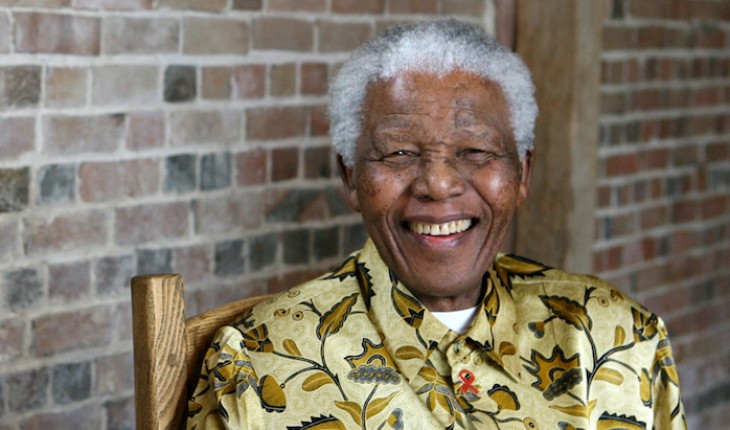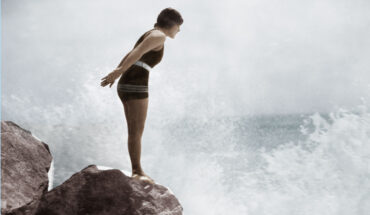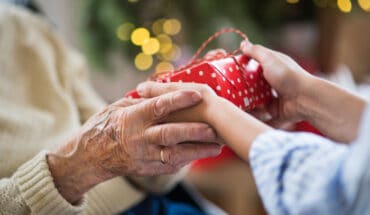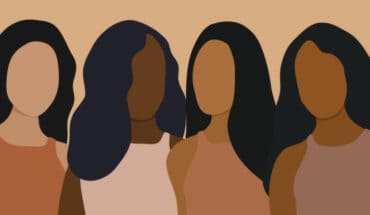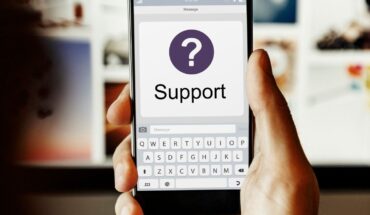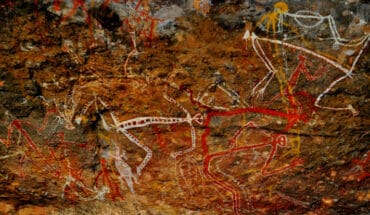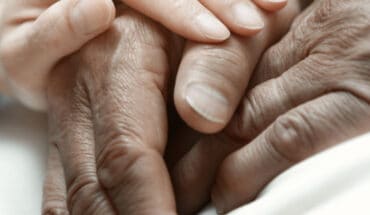I first met Nelson Mandela in the Royal Pavilion at Horse Guards on Tuesday, 9th July 1996 at the beginning of his State Visit to the United Kingdom as President of the Republic of South Africa. As we awaited his arrival, such was Her Majesty the Queen’s concern for his health that she said to me: “Lord Mayor, the President is old and quite unwell, so I hope that you will not keep him out too late tomorrow when he visits the City.”
On impulse I think I replied: “We are aware of that ma’am, so instead of a State Banquet, I believe we shall have a “State High Tea!” She smiled, but I suspect that, like her ancestor, Queen Victoria, Her Majesty was not amused.
Precisely on time, the motorcar procession of the President emerged through Admiralty Arch, having crossed the Tilt Yard from Whitehall. The Queen’s Life Guards gave a Royal Salute, following which The Queen and The Duke of Edinburgh met and greeted President Mandela, who was accompanied by his daughter, Princess Zenani Mandela-Diamini. The Queen then presented to the President and the Duke of Edinburgh presented to his daughter those of us who were standing on the dais. As Lord Mayor, I was fifth in the line, immediately after the Lord Lieutenant of Greater London, the Prime Minister, the Home Secretary and the Foreign Secretary. President Mandela greeted me very warmly. He said that since boyhood he had wanted to meet the Lord Mayor of London and now at last he had the great honour of doing so. When I protested that it was a much greater honour for me to meet him, he countered by declaring that having grasped my right hand, he would not wash his for three days. What a charmer!
That evening the Lady Mayoress and I attended a State Banquet at Buckingham Palace. After the arrival of members of the Royal Family, all the guests were presented in turn to the Queen, President Mandela, the Duke of Edinburgh, Princess Zenani and Queen Elizabeth the Queen Mother by the Lord Steward, before taking their places in the Ball Room where the banquet was held. At the start of the banquet The Queen proposed the health of The President of the Republic of South Africa and President Mandela replied. The orchestra of the Scots Guards played during dinner and afterwards Pipers of the 1st Battalion, Irish Guards entered the Ballroom and played a selection of pipe tunes.
The following day, Wednesday, 10th July 1996, the Lady Mayoress and I were privileged to attend a luncheon in honour of Nelson Mandela, held at 10 Downing Street by the then-Prime Minister, Mr John Major, and again, the President greeted us very warmly.
Later that day President Mandela came to Guildhall to receive the Honorary Freedom of the City of London. It is the highest honour the City of London Corporation can bestow and the Role of Fame, which each new Honorary Freeman is asked to sign, provides a long list of the great and the good of the United Kingdom, the Commonwealth and numerous other countries.
The Lady Mayoress and I, together with the Duke and Duchess of Gloucester received the President and his daughter on the porch of Guildhall, following which the Honourable Artillery Company Guard of Honour gave a Royal Salute and the South African National Anthem was played. After the President had inspected the Guard of Honour a procession was formed and trumpeters of the Life Guards sounded a fanfare as we entered the Great Hall of Guildhall and processed to the dais. The Chamberlain of London then delivered his address, which concluded with the words,
“To you, President Mandela-Mandiba, I now have the privilege and honour as Chamberlain of this great and ancient City to offer you the right hand of fellowship and to greet you as a Citizen of London.
On the behalf of the Lord Mayor, the Aldermen and Members of the Common Council of the City I ask you to accept this casket containing the Resolution for the Presentation of your Freedom.
They trust you will regarded it as evidence of their respect, goodwill and admiration for an outstanding moral and political leader, and their sincere desire that you may have years of health and strength to complete and consolidate your long walk in the cause of liberty, freedom and understanding.”
Following a moving reply from President Mandela we processed to the Guildhall entrance, from where we were conveyed by car to the Mansion House for a Reception and Banquet. Many of those who had been present at the Freedom Ceremony were transferred by motor-coaches to the Mansion House.
In view of President Mandela’s age and infirmity, it had been arranged that during the Mansion House Reception he would rest in the main guest bedroom prior to rejoining the company for the banquet. This magnificent suite has an elegant Regency Period decor and an enormous four-poster bed. In fact, the President’s rest period was somewhat curtailed when his daughter noticed our five small grandsons (aged 1 to 5) watching the proceedings from a gallery. They were with a nanny who had been employed to care for them, so that our son, daughter and their spouses could attend the Freedom Ceremony and Banquet. I am grateful to that person for her account of what subsequently took place. Princess Zenani invited them to meet her father and he chatted with them for quite a long time. Apparently, our son’s eldest child, Edward confided in the President that the bed upon which he was resting was the best one in the Mansion House for jumping up and down on (i.e. “trampolining”) and his younger brother, “action man” William, proceeded to demonstrate this!
[Some weeks later, during a visit to Scotland, the Lady Mayoress and I were guests of the Lord Chamberlain, the Earl of Airlie, at Cortachy Castle. When I recounted the above episode, Lord Airlie said “Yes John, so we heard!” Apparently, on his return to Buckingham Palace, President Mandela had regaled his host with the story of his encounter with the Lord Mayor’s grandchildren.]
Following his “rest period”, the President joined the rest of the company for the banquet, which went very well. In view of the importance of ensuring that he had an “early night”, speeches were kept short and, as planned, formal proceedings were completed by 9:30 pm. However, as we processed out of the Egyptian Hall, Nelson Mandela shook hands and spoke with everyone on his path from the top table to the door. The same occurred following our descent to the Walbrook Hall – even the doorman received a handshake and some kind words. A large crowd, which had assembled outside the Mansion House, applauded and cheered as we emerged. The President immediately went forward to shake hands and chat with many of them and I remember thinking that it was a nightmare situation for the policemen responsible for his safety. Fortunately there were no problems and it provided a splendid end to a memorable day. However, it was long after 10pm before his car departed for Buckingham Palace. In view of The Queen’s admonition of the previous day, that night my sleep was disturbed by dreams of an anxious Monarch waiting with cocoa and slippers at the ready and the Lord Mayor being escorted by Yeoman Warders from the Mansion House to the Tower of London.
My final meeting with Nelson Mandela during that State Visit was on Thursday, 11th July, 1996 when we attended a most enjoyable luncheon at the Dorchester Hotel given by the President in honour of her Majesty the Queen and his Royal Highness the Duke of Edinburgh.
The next day President Mandela, with the Prince of Wales and accompanied by Princess Zenani and the South African and British Suites in Attendance made his famous highly successful visit to the Brixton Recreation Centre. Subsequently, The President and His Royal Highness met community groups from that area and young people who had been assisted by The Prince’s Trust.
The following morning, President Mandela departed for South Africa from Heathrow.
Lady Weatherall, the wife of Vice-Admiral Sir James Weatherall, Marshal of the Diplomatic Corps, recounted an amusing incident that occurred when President Mandela was staying at Buckingham Palace. While exercising their dog in St James’s Park she met President Mandela who was taking an early morning walk. He recognized her and they chatted for a few minutes before he said, “that is a nice dog, what is his name?”
“Nelson”, she replied and the President (blissfully unaware that the hound had been named after England’s most famous admiral) was delighted!
My next meeting with Nelson Mandela occurred in October 1996 during my mayoral visit to South Africa, Botswana and Zimbabwe. I was accompanied by the Lady Mayoress (my wife, Aileen), the Chief Commoner and his wife (Philip and Sue Willoughby) and a delegation of businessmen from the financial services and pharmaceutical industries. My “minder” during that trip to Southern Africa was the senior Household Officer at Mansion House, Colonel John Ansell, who held the ancient office of The Lord Mayor’s Swordbearer.
Following busy schedules in both Cape Town and Johannesburg,we travelled by car on the morning of Tuesday, 8th October to the magnificent Union Buildings in Pretoria. These are the official seat of the South African government and they also house the offices of the President. Occupying the highest point in Pretoria and situated in spacious gardens they constitute a national heritage site.
On arrival Aileen and I were taken into the President’s office, while the rest of our party remained in an ante-room. The President greeted us very warmly and we spent quite a long time reminiscing about the huge success of his visit to the United Kingdom and discussing the multitude of problems besetting South Africa. I remember noticing that on the wall behind his desk were the portraits of his predecessors, several of whom had been in office during the long period of apartheid when he had been imprisoned on Ellis Island. When I expressed surprise that he had not removed them, he replied, “Oh no, they should remain there because they are part of our history.” I felt humbled by his apparently infinite capacity for forgiveness and reconciliation.
Eventually we joined the rest of the party for refreshments, before standing together on the entrance steps to answer questions from a crowd of newspaper reporters. All went well until my enthusiastic account of the President’s highly successful visit to London evoked the “killer” question, “Why didn’t the Queen give him a knighthood?”
Fortunately, the British High Commissioner, Sir Anthony Reeve, was standing close behind me and he whispered, “She gave him the Order of Merit”. This enabled me to proclaim that her Majesty had made him a Member of that exclusive Order, an honour even more select than that of a knighthood! Phew, a narrow escape!!
The time spent with President Mandela was considerably longer than had been scheduled and so we missed the plane that was due to take us to Durban. We had to wait almost two hours for the next one and as a result missed a luncheon meeting with the regional minister Jacob Zuma (now President Zuma) and a courtesy call on the Metropolitan Mayor of Durban. However, we were able to fit in a visit to the pharmaceutical firm, Smith & Nephew, where I opened a new surgical instrument manufacturing facility.
I last saw Nelson Mandela when Aileen and I attended a reception and banquet at The Banqueting House, Whitehall, held by Investec, an international banking and asset management group, originally founded in Johannesburg. Mandela was the guest of honour and I believe this event occurred while he was in London on a private visit shortly after the end of his term as President of the Republic of South Africa in 1999. I remember that he was welcomed with genuine adulation and heartfelt admiration.
- Memories of Nelson Mandela - 17th March 2016
